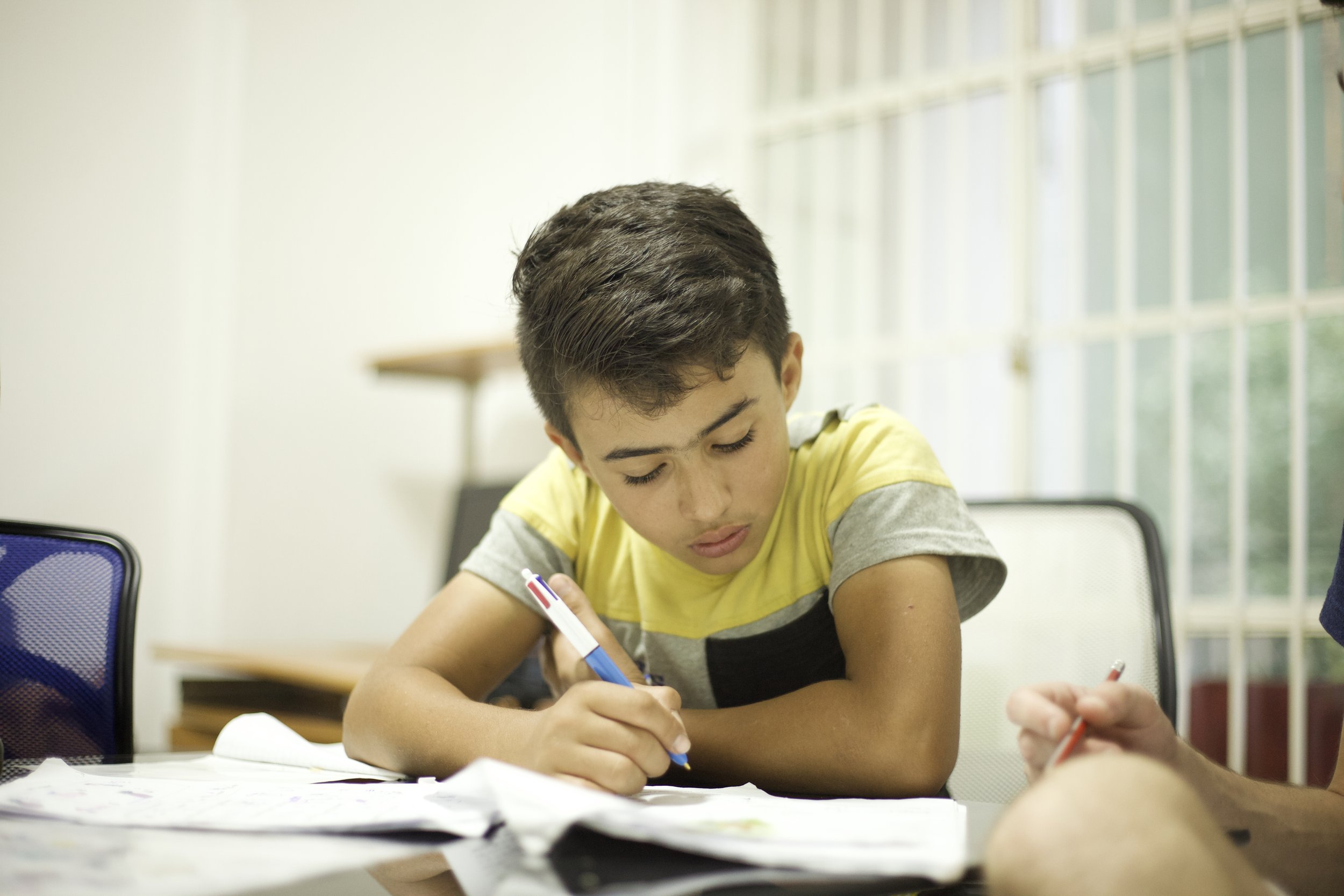
Is Syria Safe to return to?
In recent months, Denmark and Lebanon made the news by stating they will start deporting Syrian citizens back to Syria, to so-called “safe zones”. This counters the United Nation’s position on Syria’s safety levels. So, are there truly safe zones in Syria?

Institutionally denied learning
As the financial crisis has worsened, the Lebanese government has increasingly prioritized the access to education of Lebanese children over Syrian children. In the academic year 2021-2022, the enrollment target for Syrian children was only 200,000 out of 715,000 eligible school age children.
Syrian children continue to face discrimination and barriers to receiving an education in Lebanon. Many Syrian families have been told that their children will not be allowed to register at the same schools next year.

But at what rate?
If you have visited Lebanon in recent years, you may have been warned to bring US dollars (USD) with you, and to never use your credit card while in the country. Although the official currency of Lebanon is the Lebanese Lira, the country is very much reliant on the US dollar, which is difficult to obtain in the country at a fair rate. Having two competing exchange rates hits Lebanon’s most vulnerable the hardest.

Whose Right(s)?
The Lebanese are no strangers to migration. In fact, while the Lebanese diaspora is officially recorded as 4 million people, some unofficial estimates record upwards of 14 million people around the world. More recently, as a direct result of the economic crisis that worsen following the 2019 Beirut port explosion, there was a reported increase in departures.

